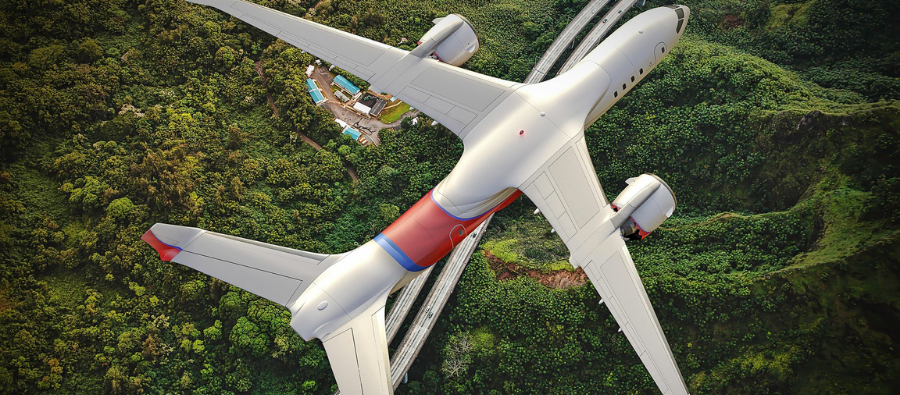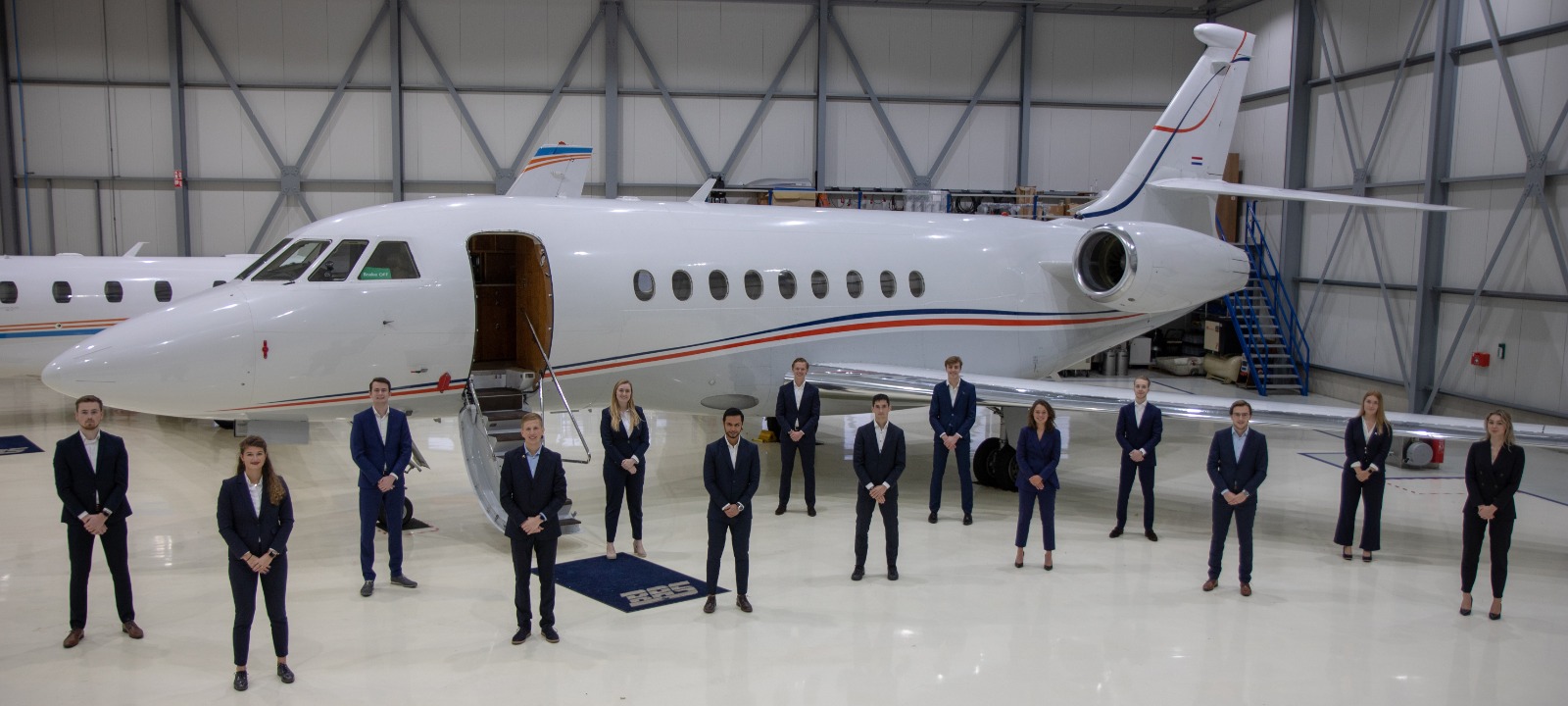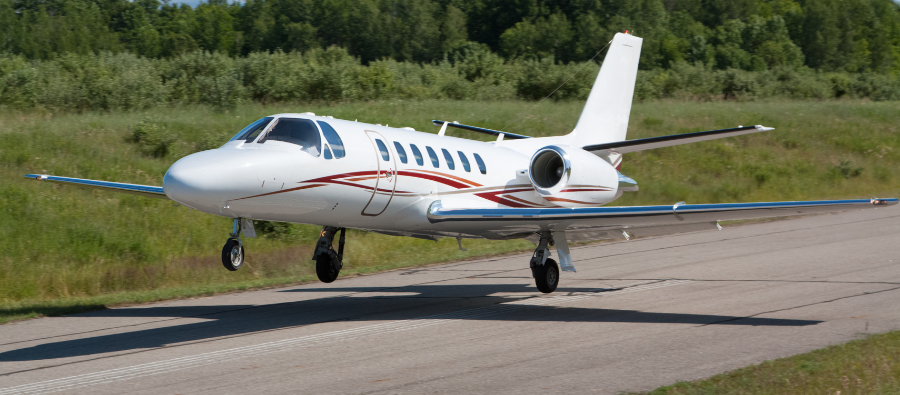It’s been a good year for commitments to greener aviation; we’ve seen some positive moves toward laying a solid foundation for a more sustainable industry. The goal of the Sustainable Aviation Fuel Initiative is to achieve a 50% reduction in emissions by 2050 and ensure carbon-neutral growth going forward. We have come some of the way but have to get a lot more done. One of the most pressing challenges is the availability and price of sustainable aviation fuel (SAF).
Back in April, we saw the establishment of the Council on Sustainable Aviation Fuels Accountability (CoSAFA) – a massive step-up in the aviation industry’s efforts to reduce its carbon emissions that has since been adopted by 65 countries. Around the same time, the EBAA hosted its first European Business Aviation Sustainable Aviation Fuel (SAF) Summit to bring regulators, operators, and OEMs together to discuss the fundamentals of achieving ambitious decarbonization goals. Then in September, IBAC partnered with the Carbon Credit Exchange (CTX) to provide operators with a resource through which they can voluntarily offset carbon emissions by purchasing carbon credits. This enables them to choose from thousands of accredited projects that support their overall sustainability goals worldwide.
Carbon offsetting schemes are great, but without real government support to make SAF more accessible and affordable, any real progress towards carbon neutrality is seriously diminished. This is why last week’s grant announcement by the US Federal Aviation Administration (FAA) is so encouraging. It has committed a further $14 million to research teams across the US dedicated to building systems for sustainable aviation. According to the FAA, the research will be concentrated on creating a dependable supply of SAF within reach of airport demand. The development of regional supply chains will also garner economic benefits for communities by creating jobs and growth opportunities. A win, win situation. It would be great to see similar investments from more countries.
No doubt we have made good strides in 2021. Let’s hope next year will be one of more industry and government commitment to making SAFs a more viable option for all operators globally. This should be at the top of all our agendas in 2022.
如需更多高管见解,请访问UASBlog





